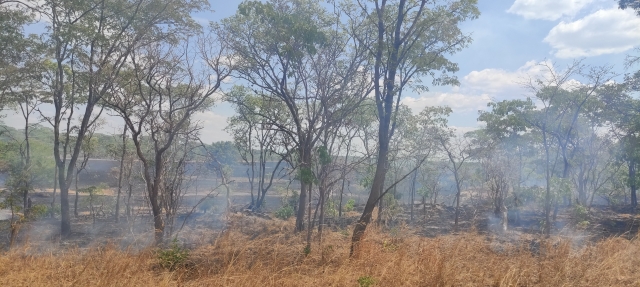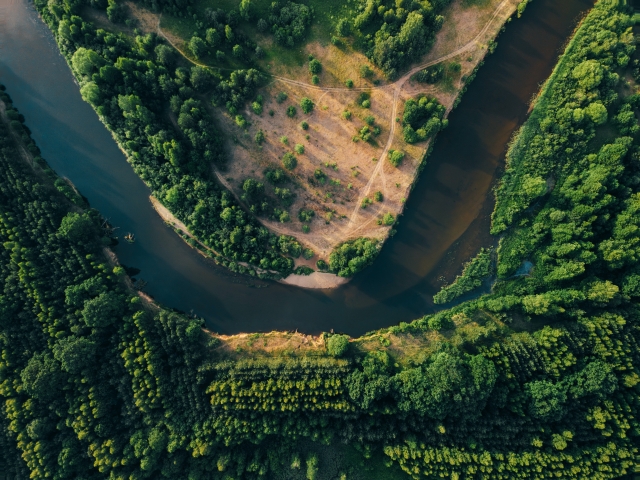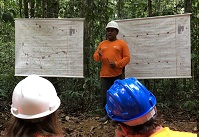Food security is dependent on water security. And water security is dependent on forests. Approximately 75 percent of the world’s accessible freshwater for agricultural, domestic, industrial and environmental uses comes from forests, with several of the world's cities, including New York, Mumbai and Bogotá relying on forested watersheds for their water supply.
Forests and trees are key to maintaining resilient production systems, communities and ecosystems. They are vital to our water supply and provide high quality water resources: they intercept atmospheric moisture, act as natural water filters, contribute to cloud and rain formation, reduce erosion and recharge groundwater. However, changes in climate and land-use are altering groundwater and base flows locally, and precipitation regionally. Global hydrosheds - major watersheds - have experienced 40 percent tree cover loss, increasing the risks of water stress, erosion and forest fires.
With approximately 80% of the world population facing water insecurity, the management of forests for water is increasingly important. Using forests to produce high quality water can cost just $2 per person per year. Yet, 75 percent of the world's forests are not managed for water conservation. The relationship between forest and water resources needs to be addressed through integrated management and policies, supported by scientific understanding.
In Focus
Forest-water nexus e-learning
Our knowledge of forest-water relationships has increased significantly in recent decades. It is now clear that forests and trees are fundamental to the global water cycle and that a water-centered approach to forest-management can offer a nature-based solution for increasing global water resilience.
The purpose of the 'Forest and Water Nexus- Introduction' e-learning course is to share this knowledge on forest and water relationships and the impacts of changing landscapes on water resources. It also seeks to provide an overview of the important environmental, economic and socio-cultural benefits of forest-water relationships which are often overlooked in policy and planning.
The course is free to the public, available in multiple languages, and designed to accommodate learners of all levels and backgrounds. In addition, learners can obtain a certification with a digital badge after successfully completing a final test.
A guide to forest–water management
Forests and trees form an integral part of the global water cycle and are therefore vital for water security: they regulate water quantity, quality and timing and provide protective functions against (for example) soil and coastal erosion, floods and avalanches.
The aim of the Forest and Water Management Guide is to improve the global information base on the protective functions of forests for soil and water. It reviews emerging techniques and methodologies, provides guidance and recommendations on how to manage forests for their water ecosystem services, and offers insight into the business and economic cases for managing forests for water ecosystem services.
Intact native forests and well-managed planted forests can be a relatively inexpensive approach to water management while generating multiple co-benefits. Water security is a major global challenge, but this paper argues that water-centered forests can offer nature-based solutions to ensure global water resilience.
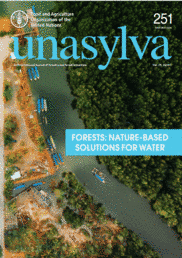
Unasylva 251: Forests: nature-based solutions for water
Water - drinkable, usable water - is likely to be one of the most limiting resources in the future, given the growing global population, the high water demand of most agricultural production systems, and the confounding effects of climate change. We need to manage water wisely - efficiently, cost-effectively, and equitably - if we are to avoid the calamity of a lack of usable water supply.
Forested watersheds provide an estimated 75 percent of the world's accessible freshwater resources, on which more than half of the Earth's people depend on for domestic, agricultural, industrial and environmental purposes. Forests therefore, are vital natural infrastructure, and their management can provide "nature-based solutions" for a range of water-related societal challenges. This edition of Unasylva explores that potential.

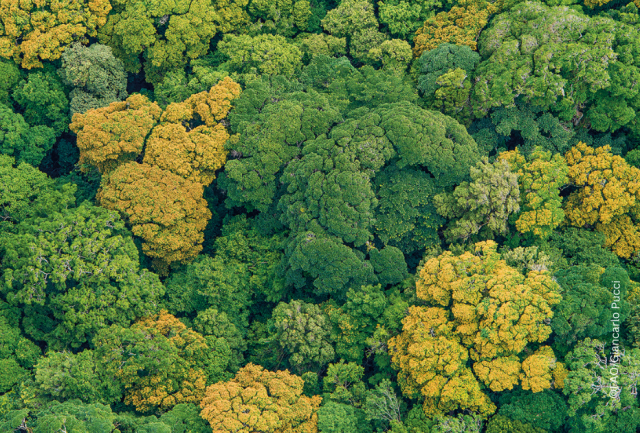
.png)
